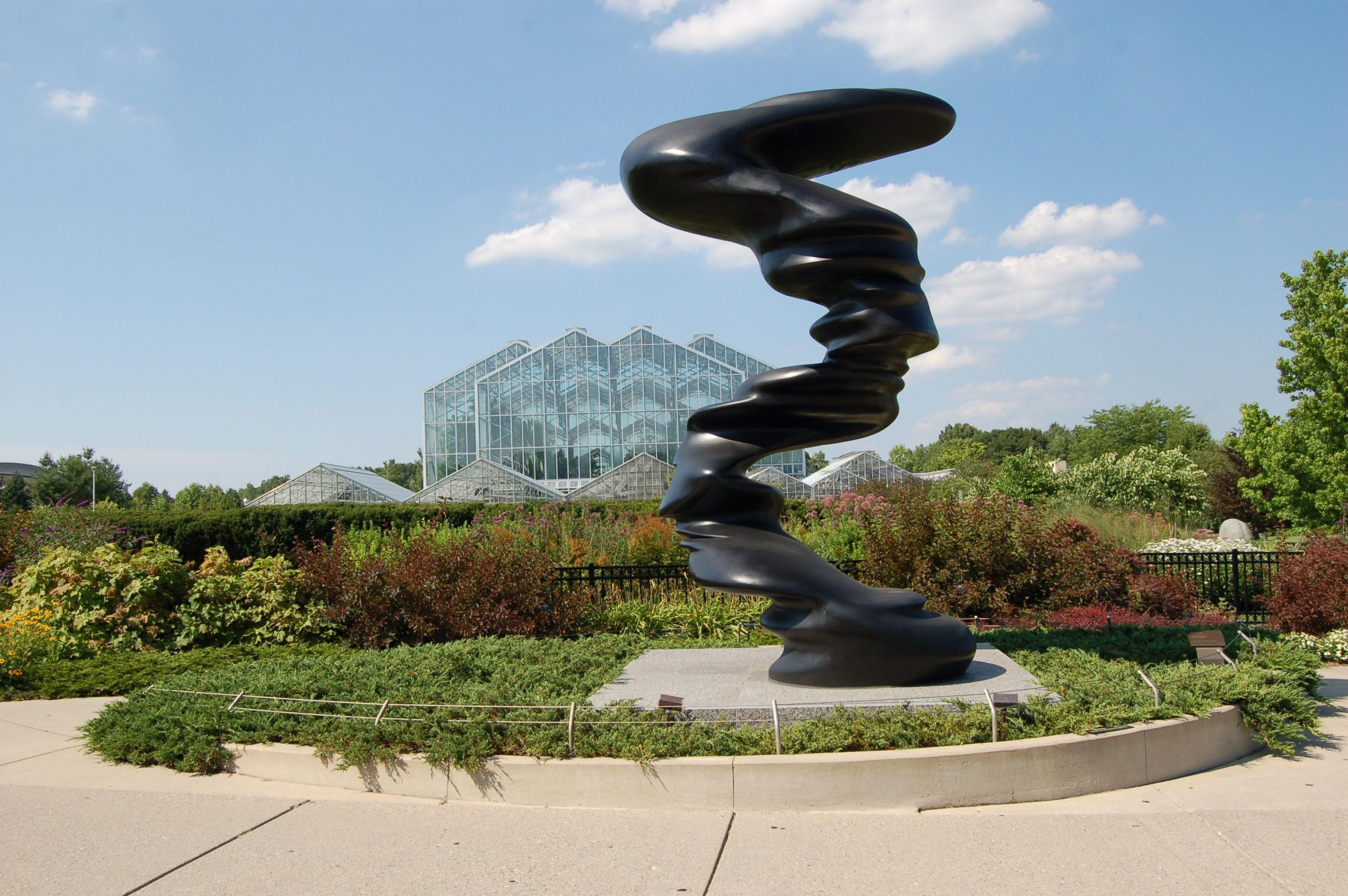Street art has its roots in graffiti, a form of art that dates back to ancient civilizations. Graffiti has long been used as a form of expression and communication, often seen on the walls of buildings, trains, and other public spaces. In the 1960s and 1970s, graffiti became more prevalent in cities like New York, as artists began to use spray paint and markers to create colorful and elaborate designs.
The Rise of Street Art
As graffiti grew in popularity, it began to evolve into what we now know as street art. Street art encompasses a wide range of artistic styles and techniques, including stencil art, wheatpasting, and murals. Artists like Banksy and Shepard Fairey gained international recognition for their thought-provoking and often controversial works, which could be found in cities around the world.
Street Art Goes Mainstream
Over the years, street art has transitioned from being seen as vandalism to being celebrated as a legitimate form of art. Galleries and museums have begun to showcase street art, recognizing its cultural significance and impact on society. Major cities like London, Berlin, and Los Angeles now have street art festivals and exhibitions that attract thousands of visitors each year.
The Influence of Technology
Technology has played a significant role in the evolution of street art. Artists now have access to digital tools and social media platforms, allowing them to reach a global audience and collaborate with other artists. Augmented reality (AR) and virtual reality (VR) have also been used to enhance street art experiences, creating immersive and interactive installations.
The Future of Street Art
As street art continues to evolve, artists are exploring new mediums and techniques to push the boundaries of traditional art forms. Street art collectives and organizations are advocating for more public spaces dedicated to street art, promoting creativity and cultural expression. With the rise of NFTs and blockchain technology, street artists are also exploring new ways to monetize their work and connect with collectors.



